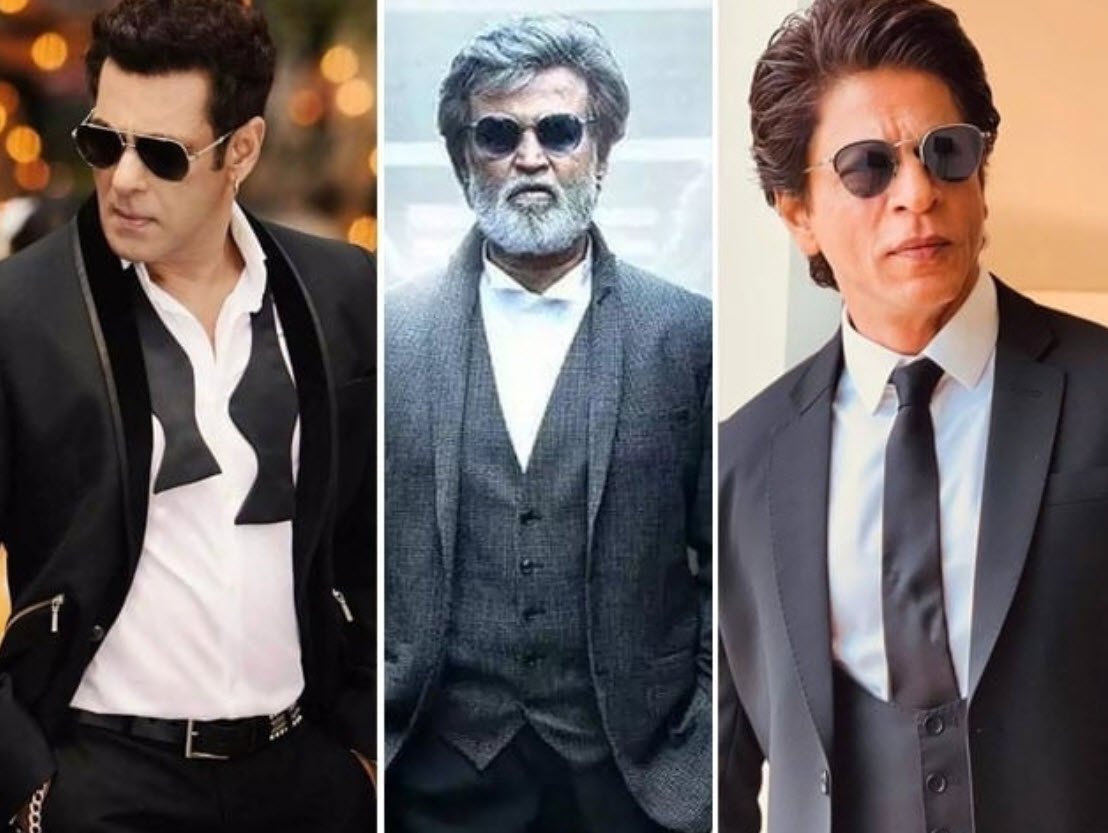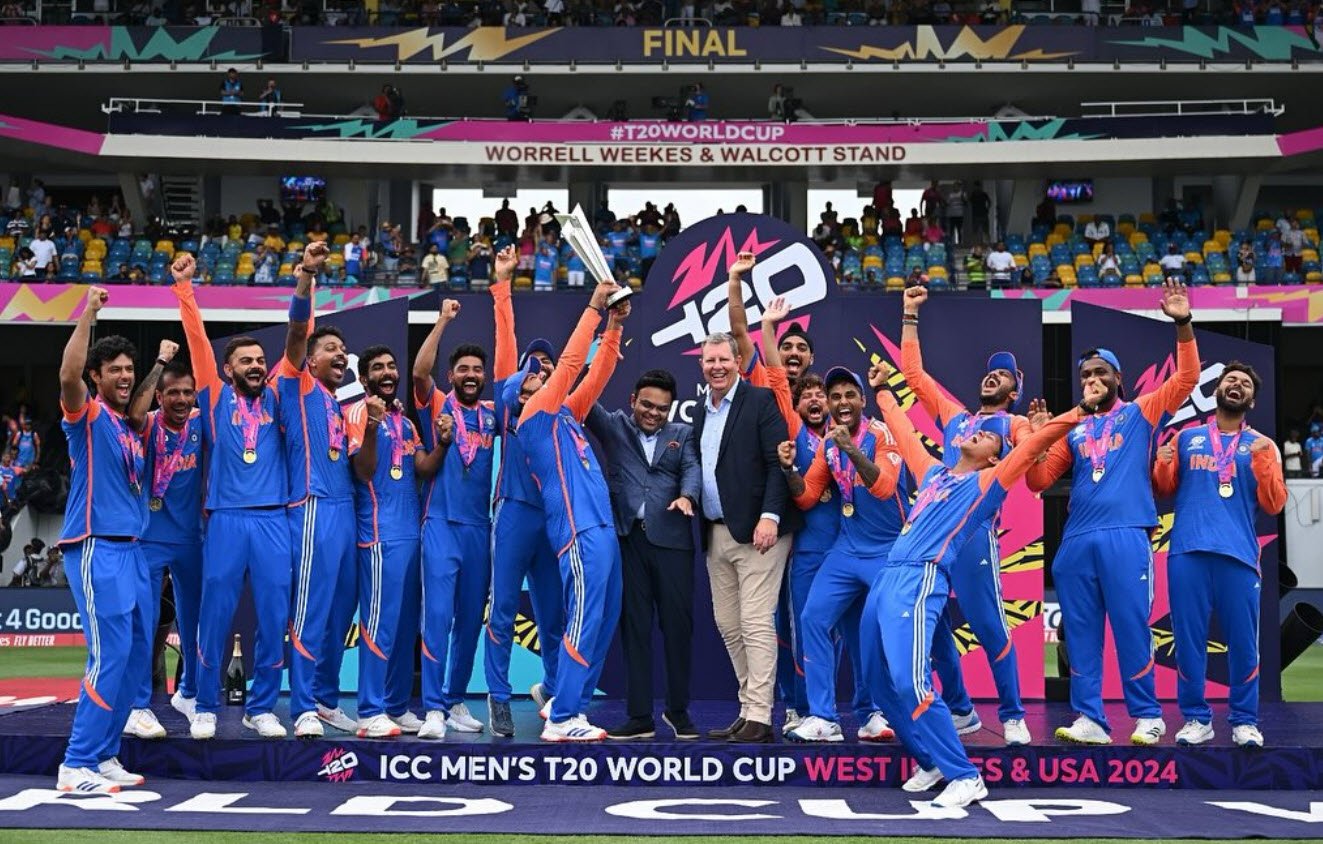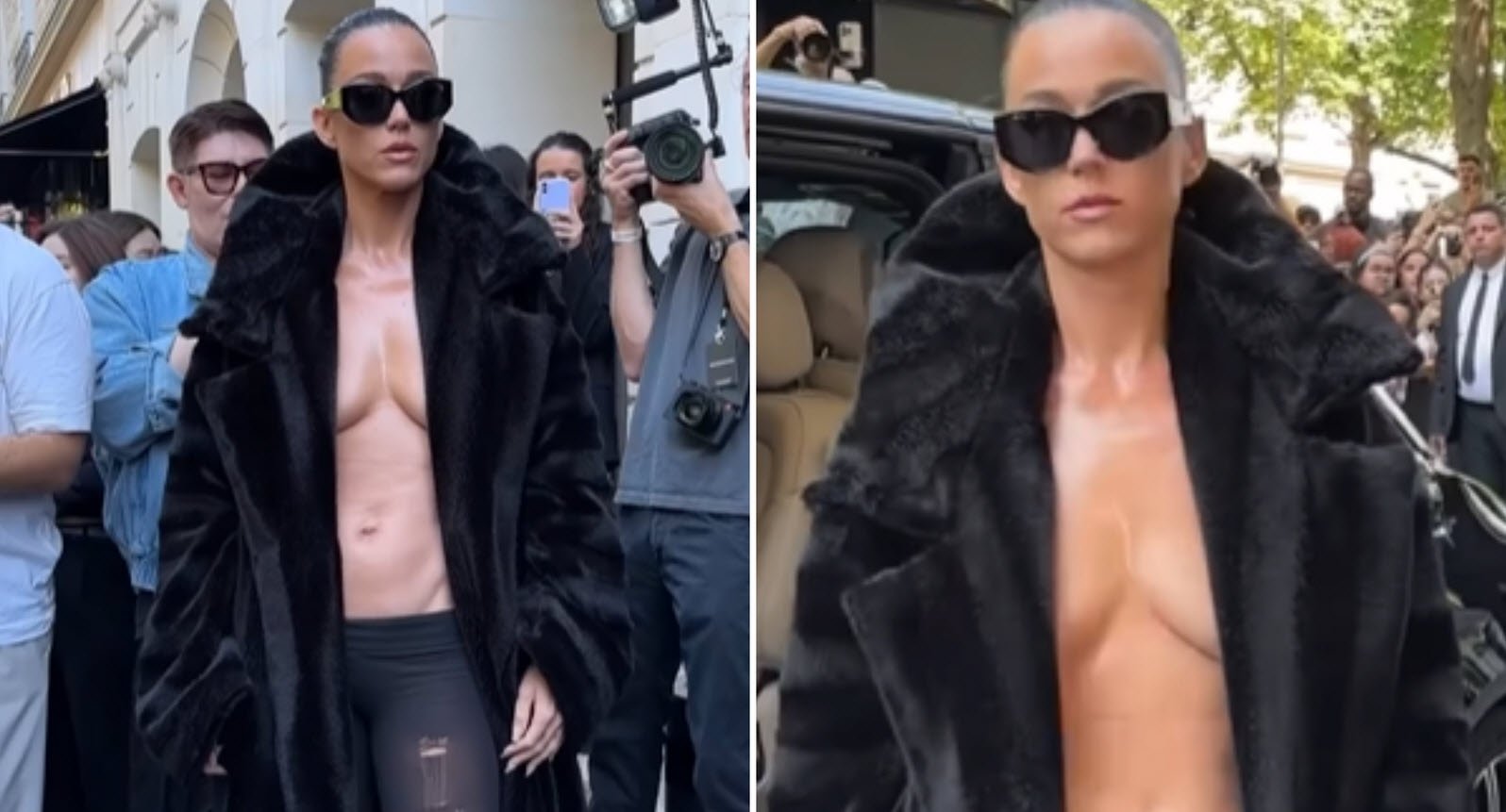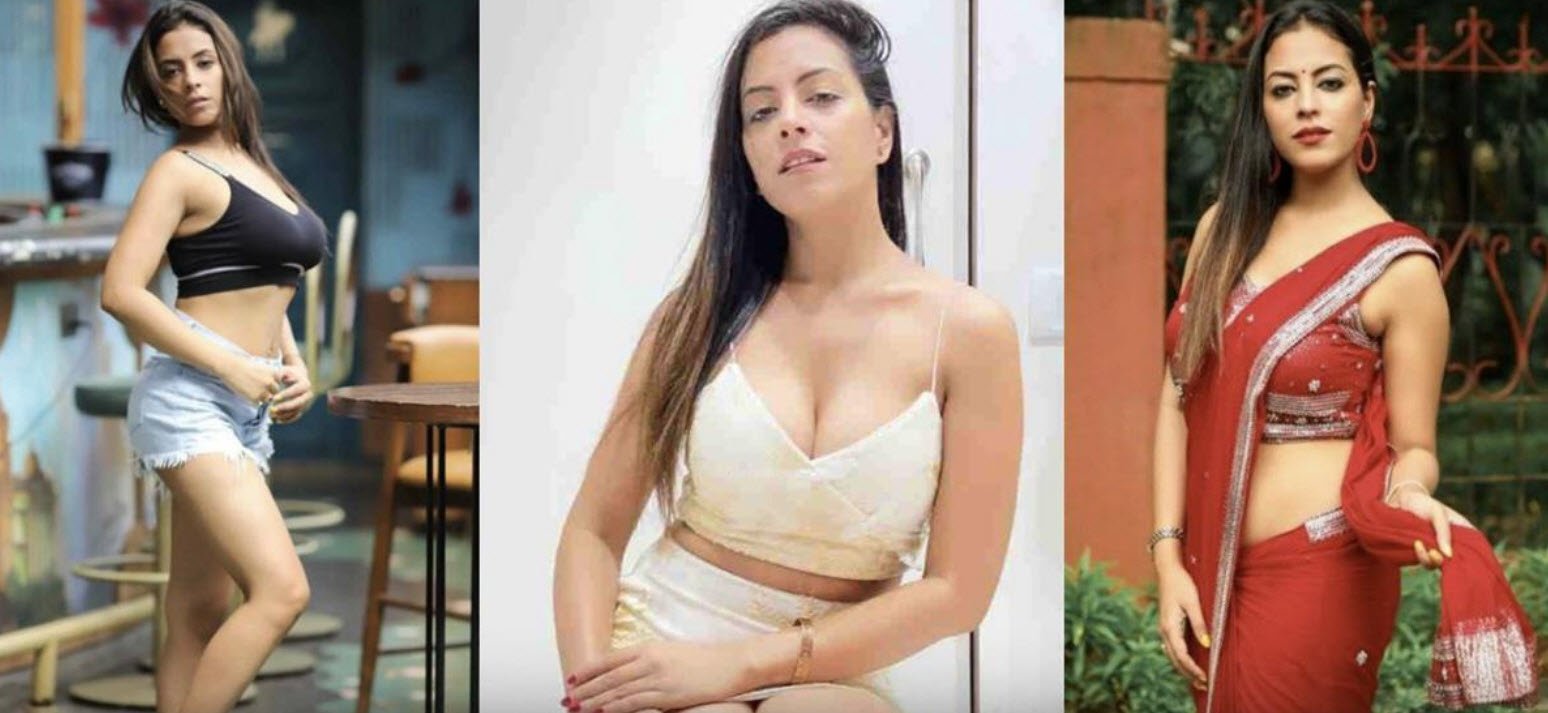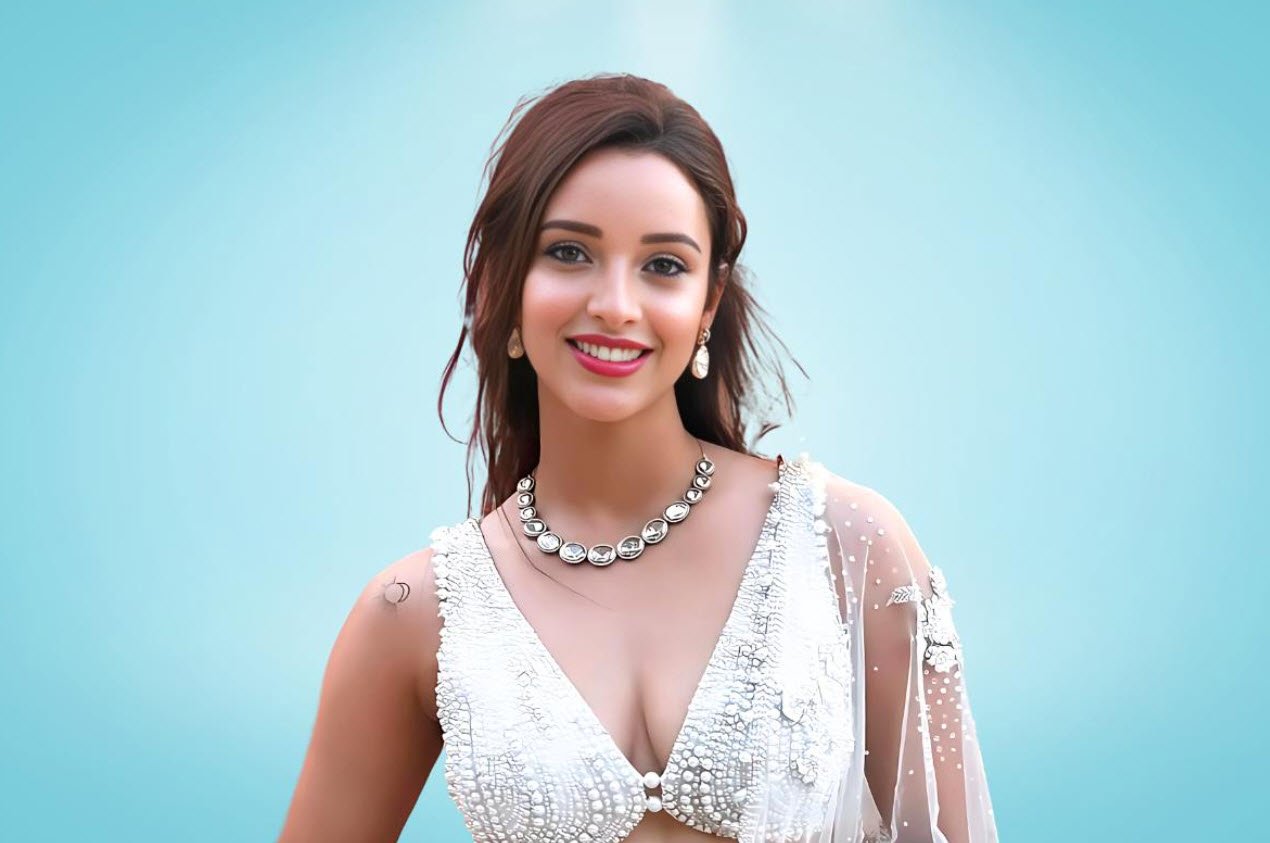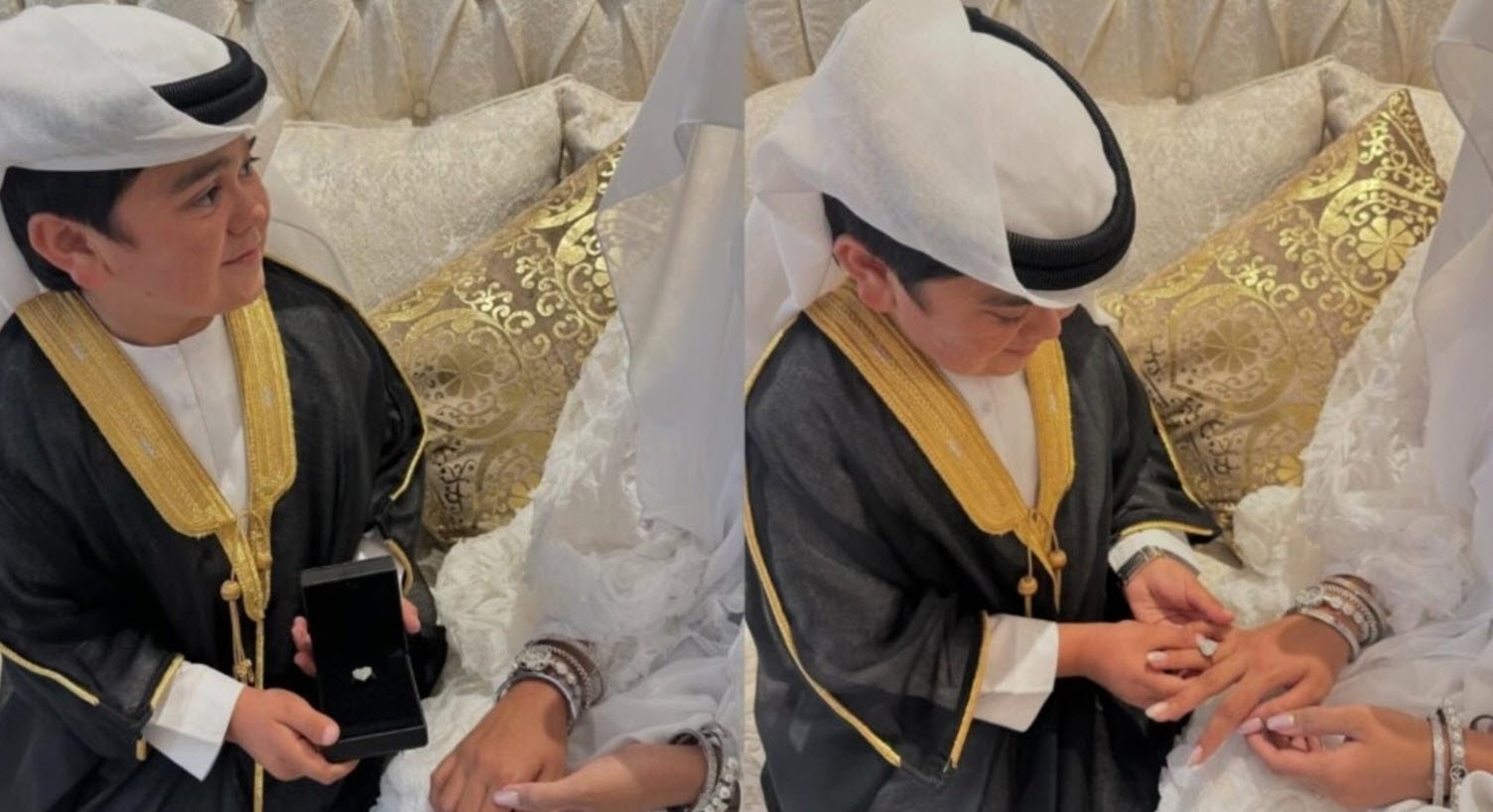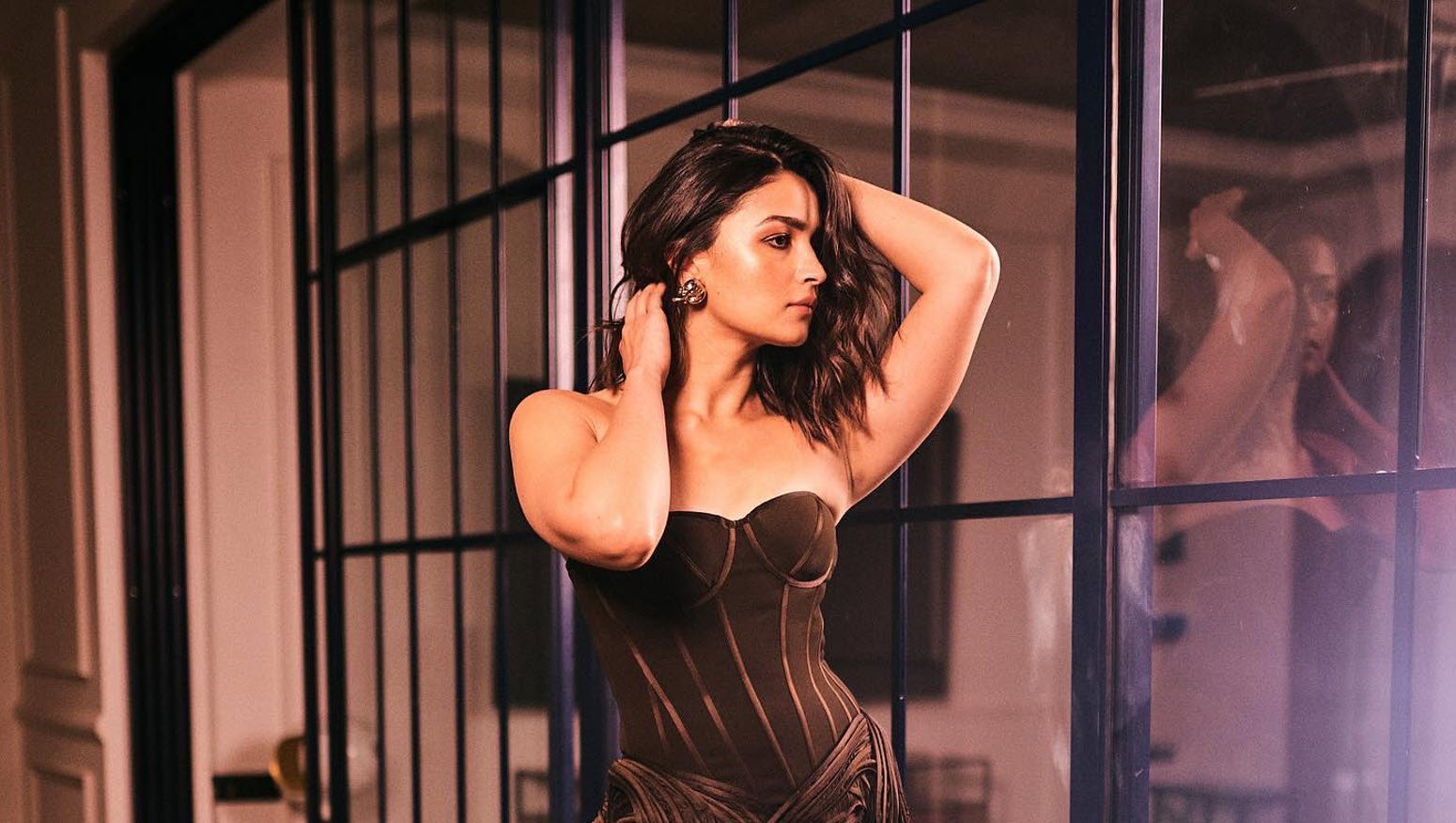
The aim of this article is to give better knowledge to students about the field of fashion & related terms and fashion cycles. Fashion in the narrow sense of the world means the changing form of clothing. These originate from peoples need to be adorned and admired nut also allow the opportunity to enhance personal style or indicate a position in society. Fashion is not the only consideration in developing a garment for a market. The overall appearance (style) as well as the utility value (fitness for purpose, aftercare) also have.
Fashion is a term that usually applies to a prevailing mode of expression, but quite often applies to a personal mode of expression that may or may not apply to all. Inherent in the term is the idea that the mode will change more quickly than the culture as a whole. The terms “fashionable” and “unfashionable” are employed to describe whether someone or something fits in with the current popular mode of expression. The term “fashion” is frequently used in a positive sense, as a synonym for glamour and style. In this sense, fashions are a sort of communal art, through which a culture examines its notions of beauty and goodness.
Fashion Design Terms:
- A fashion designer conceives garment combinations of line, proportion, color, and texture. He or she may or may not know how to sew or make patterns. Formal training is always essential, yet most fashion designers are formally trained and schooled.
- A pattern maker drafts the shapes and sizes of a garment’s pieces with paper and measuring tools, and, some times, an AutoCAD computer software program, or by draping muslin on a dress form, the original way. The resulting pattern pieces must compose the intended design of the garment and they must fit the intended wearer. Formal training is essential for working as a pattern marker.
- A tailor makes custom designed garments made to the client’s measure; suits (coat and trousers, jacket and skirt, etc).
- A textile designer designs fabric weaves and prints for clothes and furnishings. Most textile designers are formally trained as apprentices and in school.
- A stylist is the person who co-ordinates the clothes, jewelry, and accessories used in fashion photography and catwalk presentations of clothes collections. A stylist also is a designer whose designs are based upon extant things, trends, and the collections of other designers.
- A buyer orders stocks of clothes for shops, chain stores, and other types of stores. Most fashion buyers are trained in business studies.
- A seamstress sews seams wither manually or with a sewing machine, either in a garment shop or as a sewing machine operator in a factory. She (or he) may not have the skills to make (design and cut) the garments, or to fit them on a model. A seamstress is not synonymous with dressmaker.
- A teacher of fashion design teaches the art and craft of fashion in art schools and in fashion design school.
- A custom clothier makes custom-made garments to order, for a given customer.
- A dressmaker specializes in custom-made women’s clothes: day, cocktail, and evening dresses, business clothes and suits, trousseaus, sports clothes, and lingerie.
- An illustrator draws and paints clothes for commercial use.
- A model wears and displays clothes at fashion shows and in photographs.
- A fashion journalist writes fashion articles describing the garments presented, for magazines or newspapers.
- An alterations specialist (alterationist) adjusts the fit of completed garments, usually ready-to-wear, and sometimes re-styles them.
- A wardrobe consultant or fashion advisor recommends styles and colors that are flattering to the client.
- A photographer photographs the clothes on fashion models for use in magazines, newspapers, or adverts.
Areas of Fashion
Fashions are social phenomena common to many fields of human activity and thinking. The rises and falls of fashions have been especially documented and examined in the following fields:
- Architecture, interior design, and landscape design
- Arts and crafts
- Body type, clothing o r costume, cosmetics, grooming, hair style, and personal adornment
- Dance and music
- Forms of address, slang, and other forms of speech
- Economics and spending choices, as studied in behavioral finance
- Entertainment, games, hobbies, sports, and other pastimes
- Etiquette
- Management, management styles and ways of organizing
- Politics and media, especially the topics of conversation encouraged by the media
- Philosophy and spirituality
- Social networks and the diffusion of representations and practices
- Sociology and the meaning of clothing for identity-building
- Technology, such as the choice of programming techniques
Of these fields, costume especially has become so linked in the public eye with the term “fashion”. The more general term “costume” has been relegated by many to only mean fancy dress or masquerade wear, while the term “fashion” means clothing generally, and the study of it. This linguistic switch is due to the so-called fashion plates which were produced during the Industrial Revolution, showing novel ways to use new textiles. For a broad cross-cultural look at clothing and its place in society, refer to the entries for clothing and costume.
You may also like:- Top 10 IMDB Current Biggest Stars in India
- Virat Kohli’s ‘Jai Hind’ Instagram Post Sets New Record
- Katy Perry’s Bold Statement at Paris Haute Couture Week
- Noor Malabika Das Found Dead in Her Lokhandwala Flat, Mumbai
- Tripti Dimri’s New Bungalow in Mumbai’s Bandra West
- Punjabi Singer Sunanda Sharma Walks Cannes Red Carpet In Patiala Suit
- Abdu Rozik Announces Engagement to Amira – “The Most Beautiful Girl I Have Ever Met
- Alia Bhatt Is Ready To Dazzle At The Gucci Cruise Show 2025 in London
- Tamannaah Bhatia – A Tale of Saree Perfection
- Kareena Kapoor Khan Gets Court Notice Over Pregnancy Book Title

